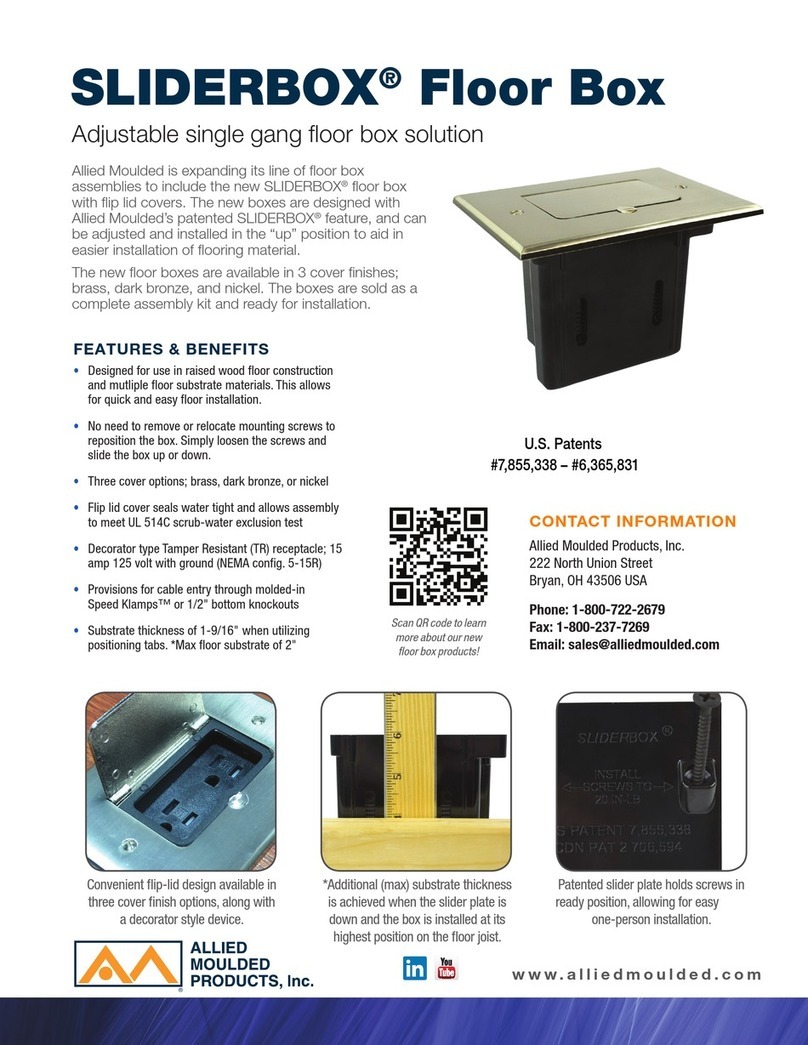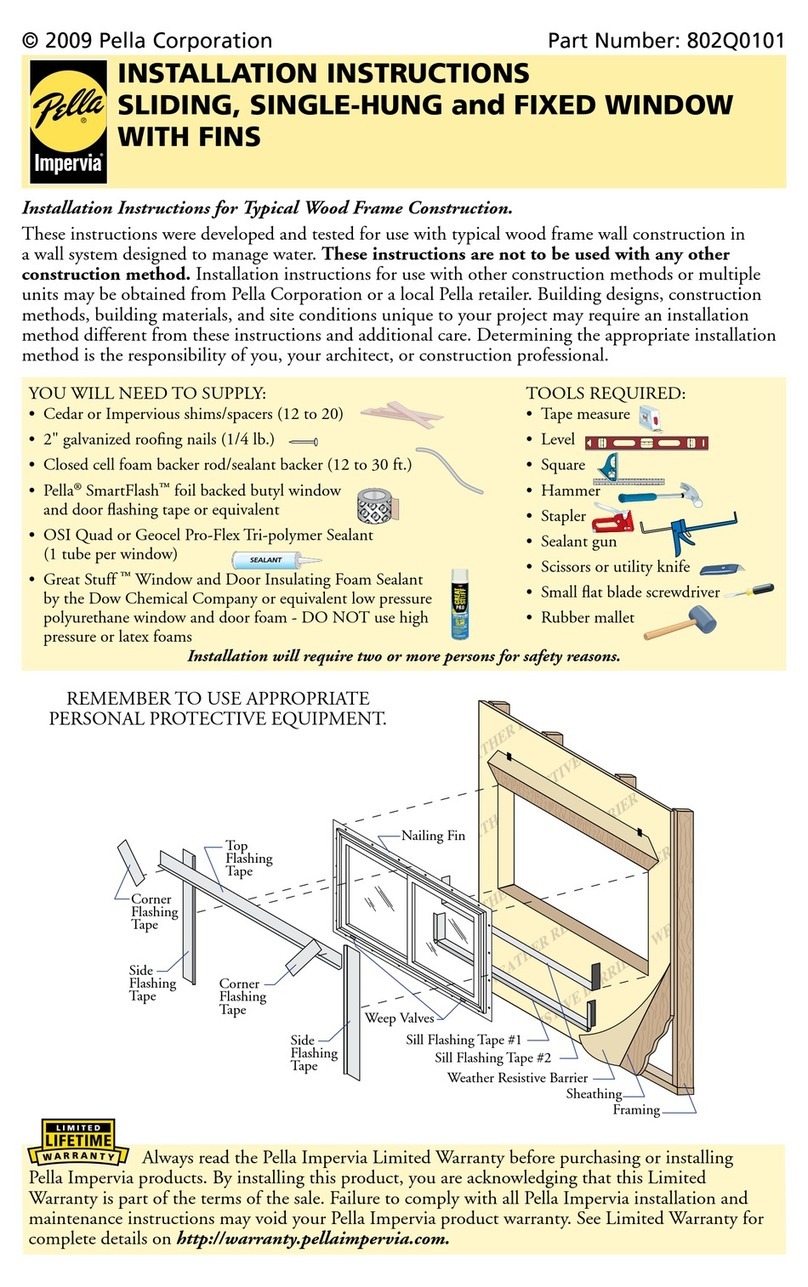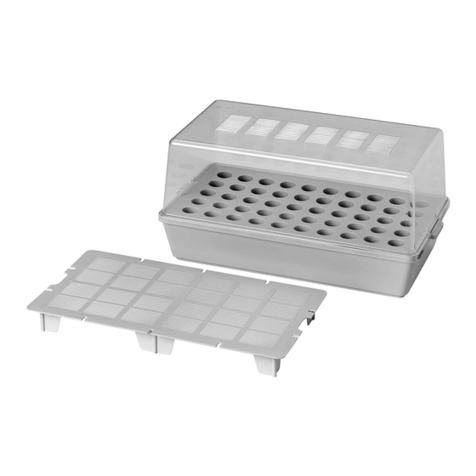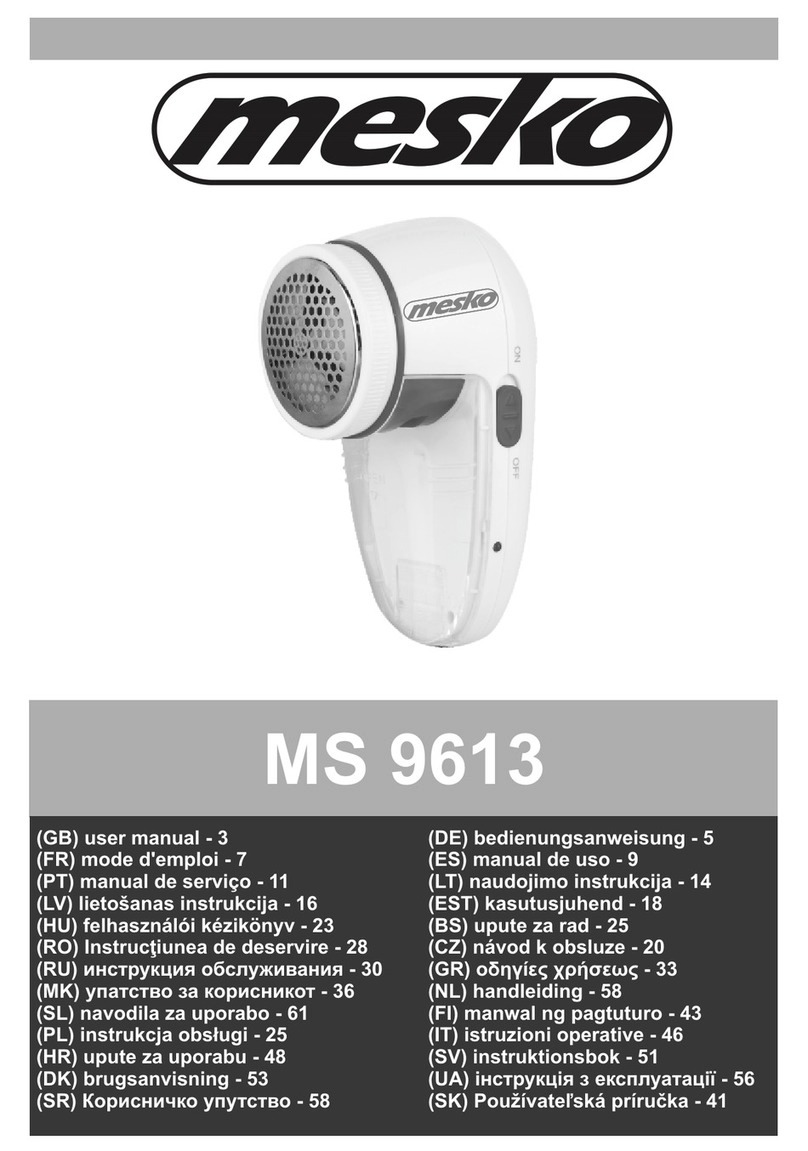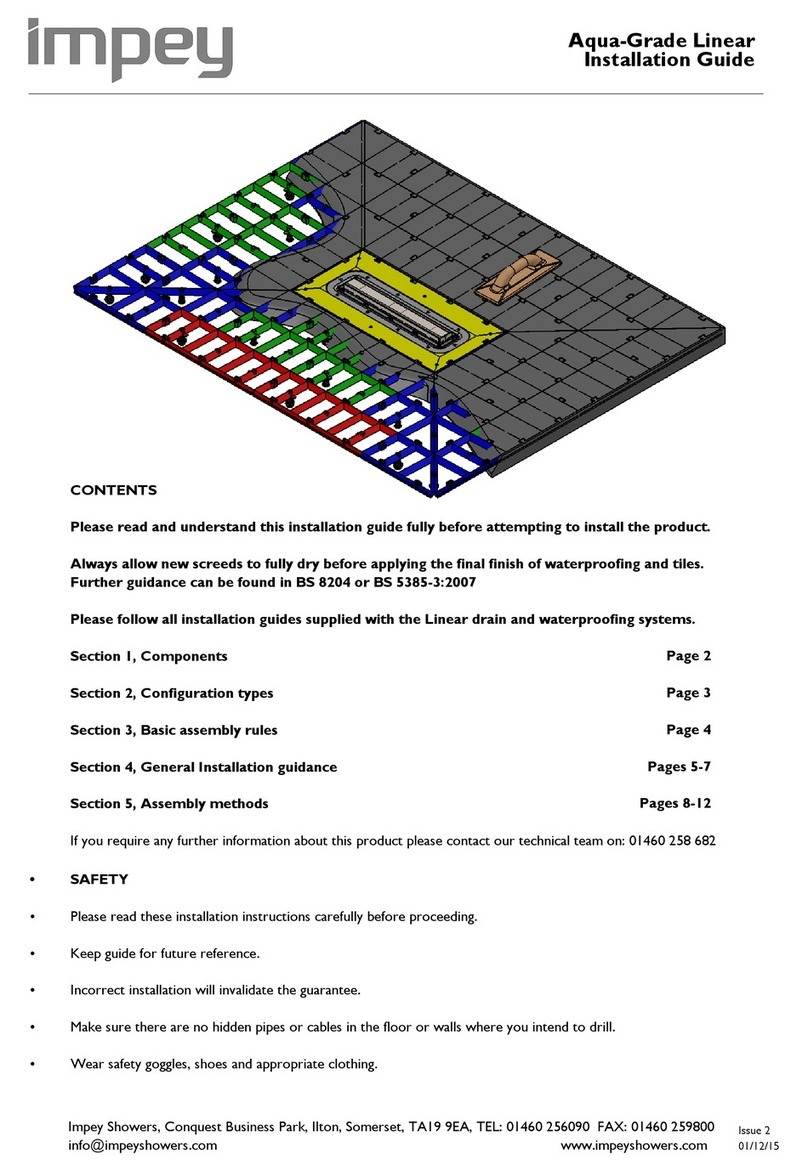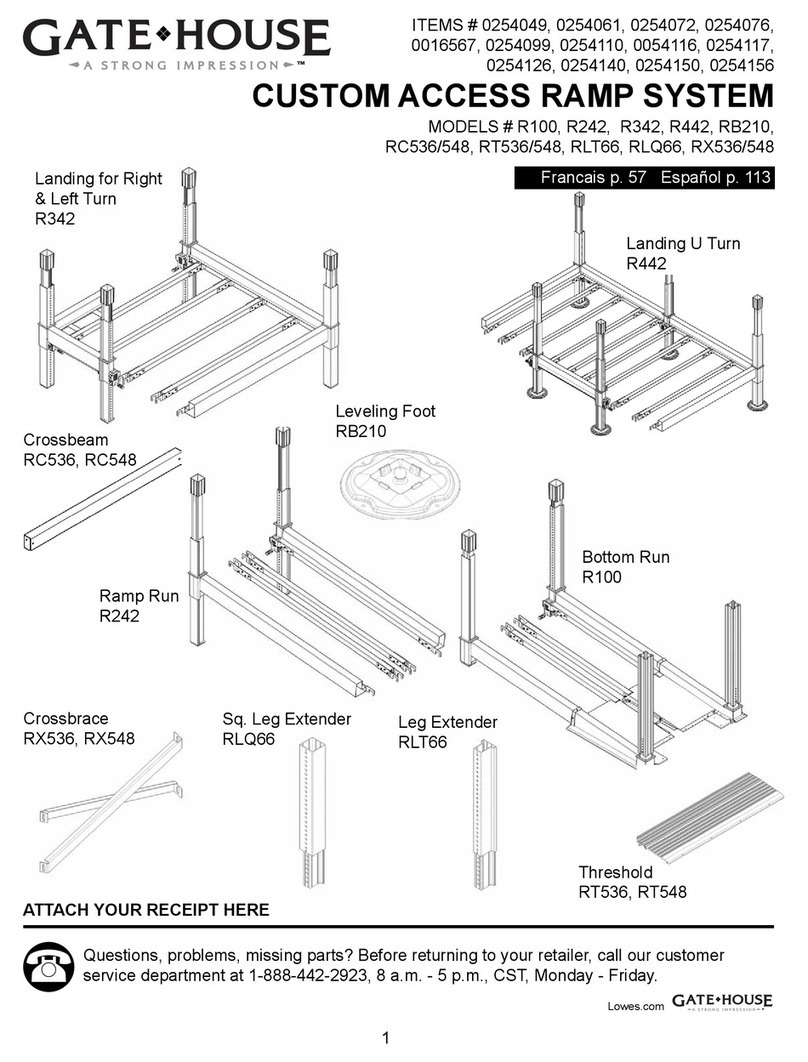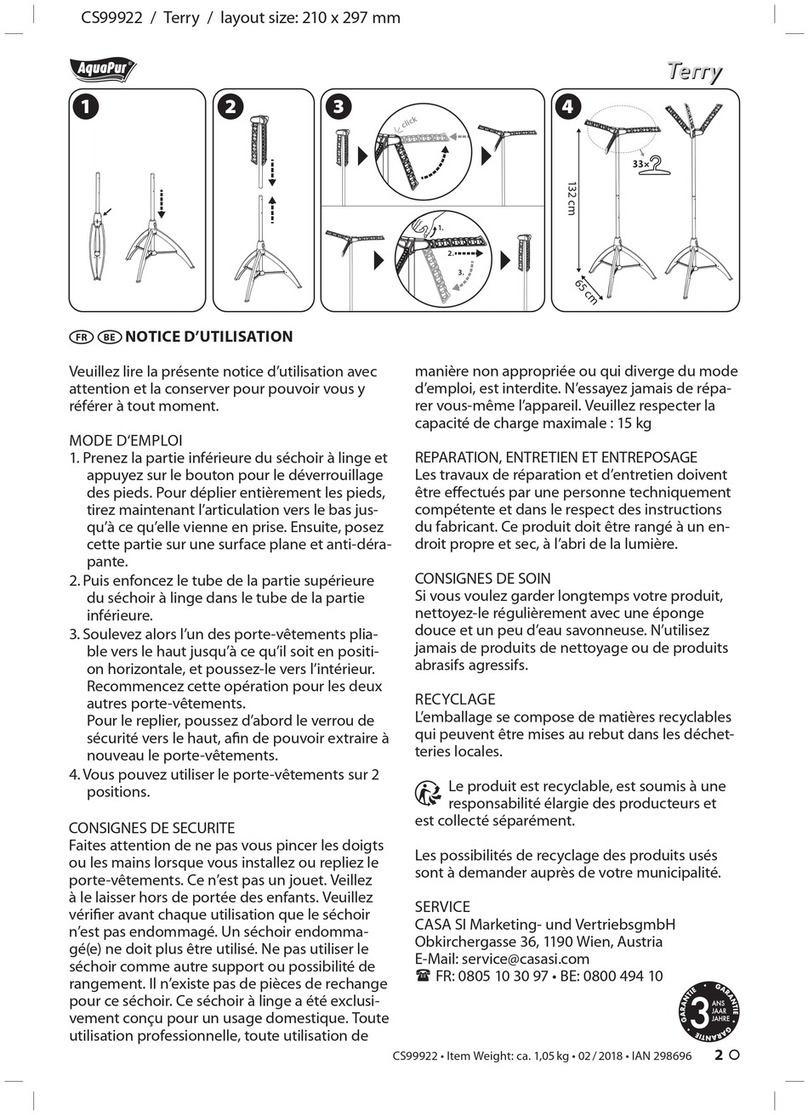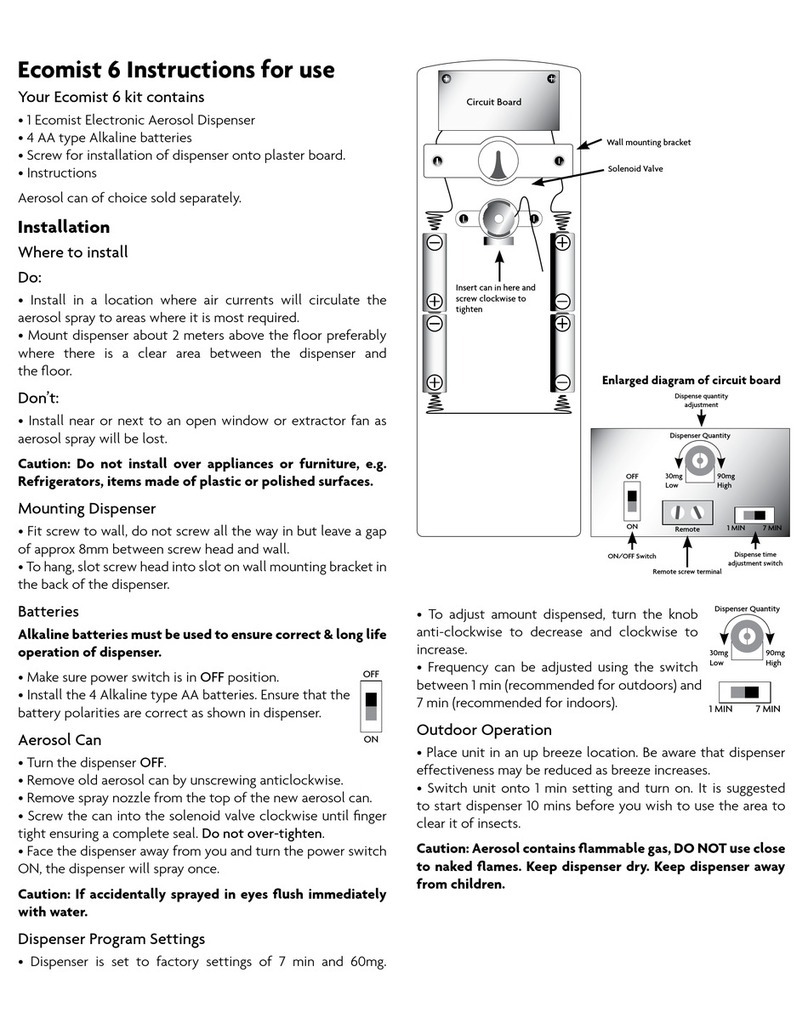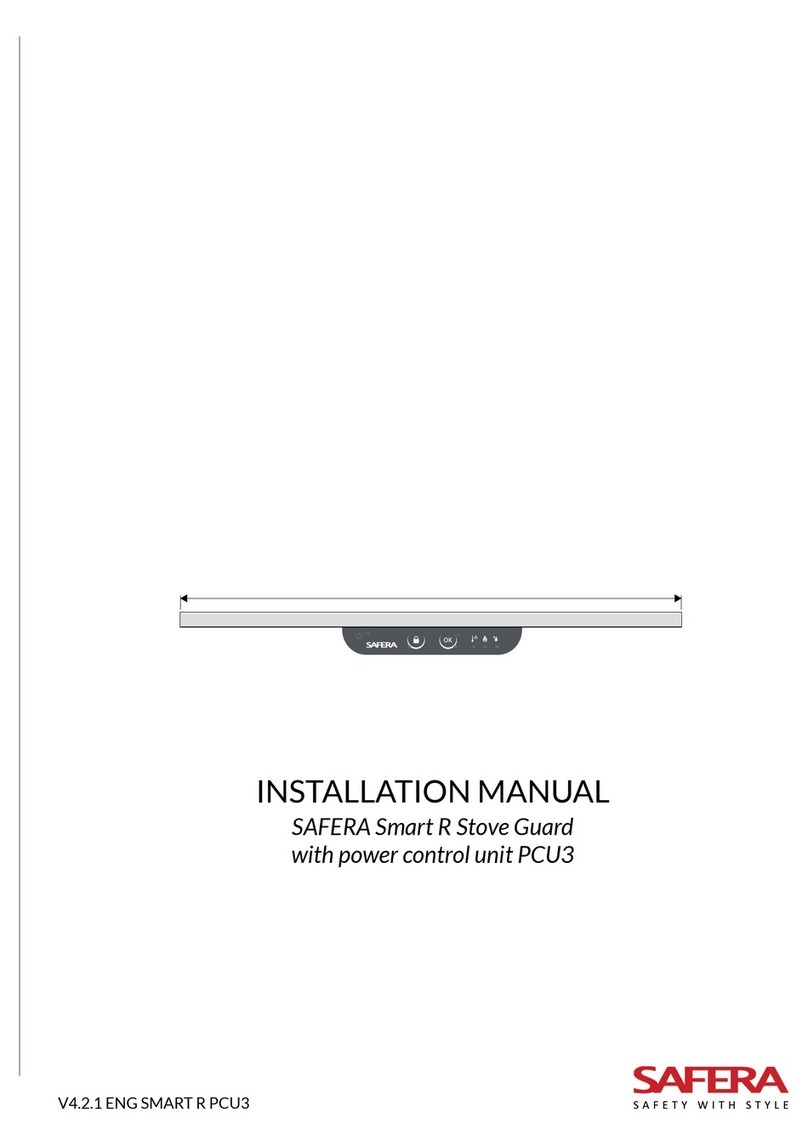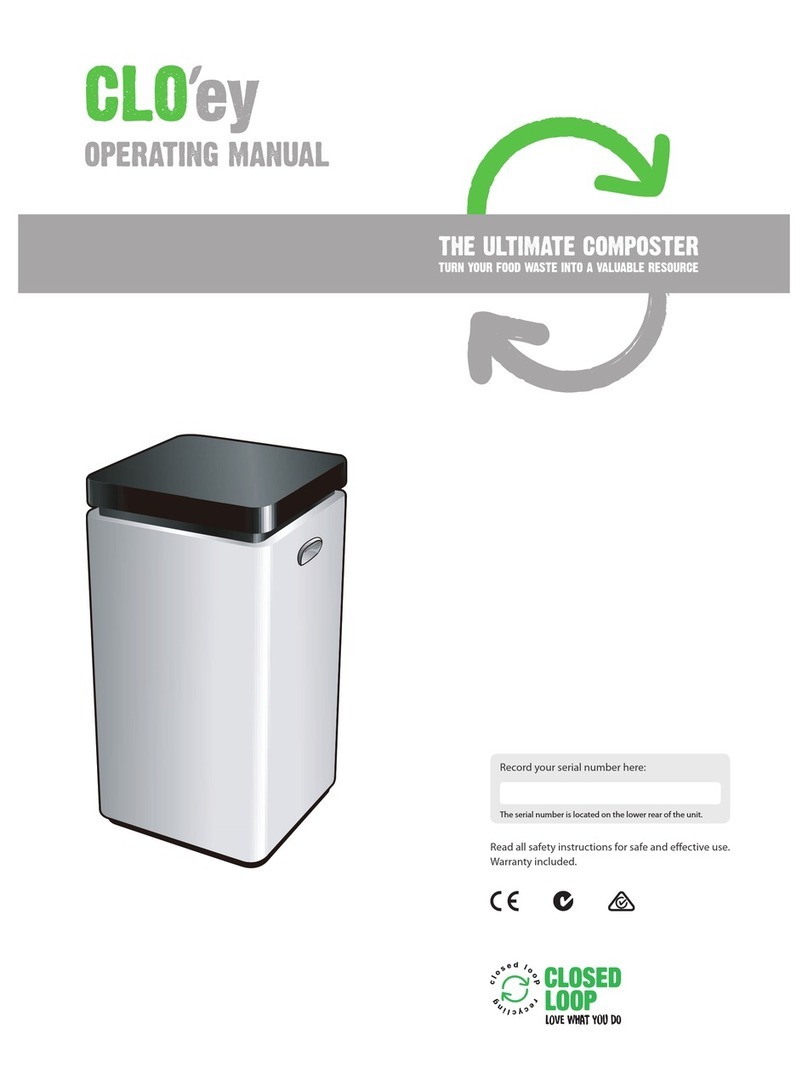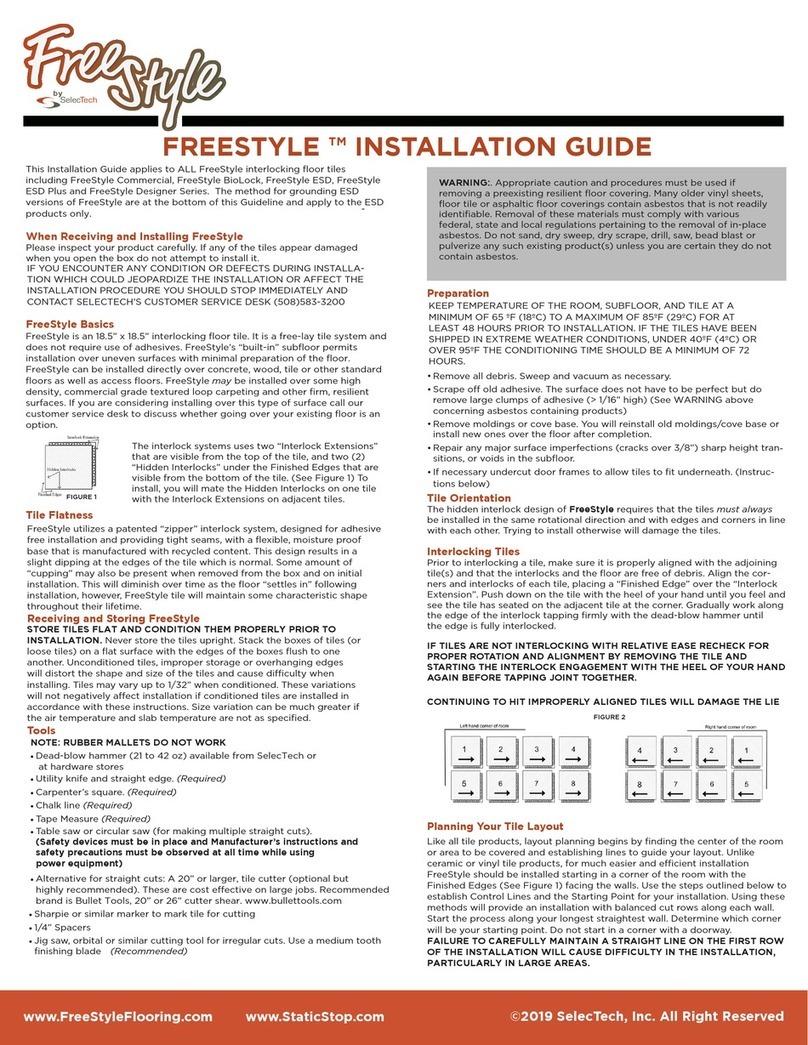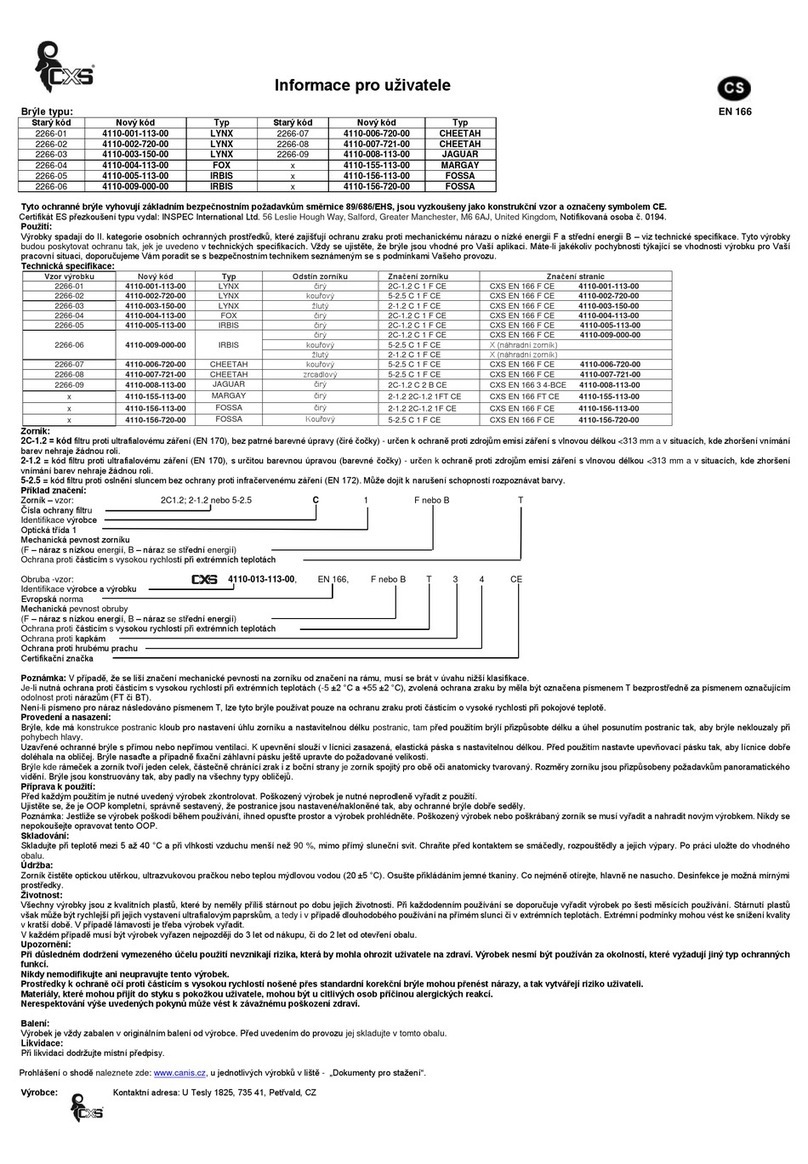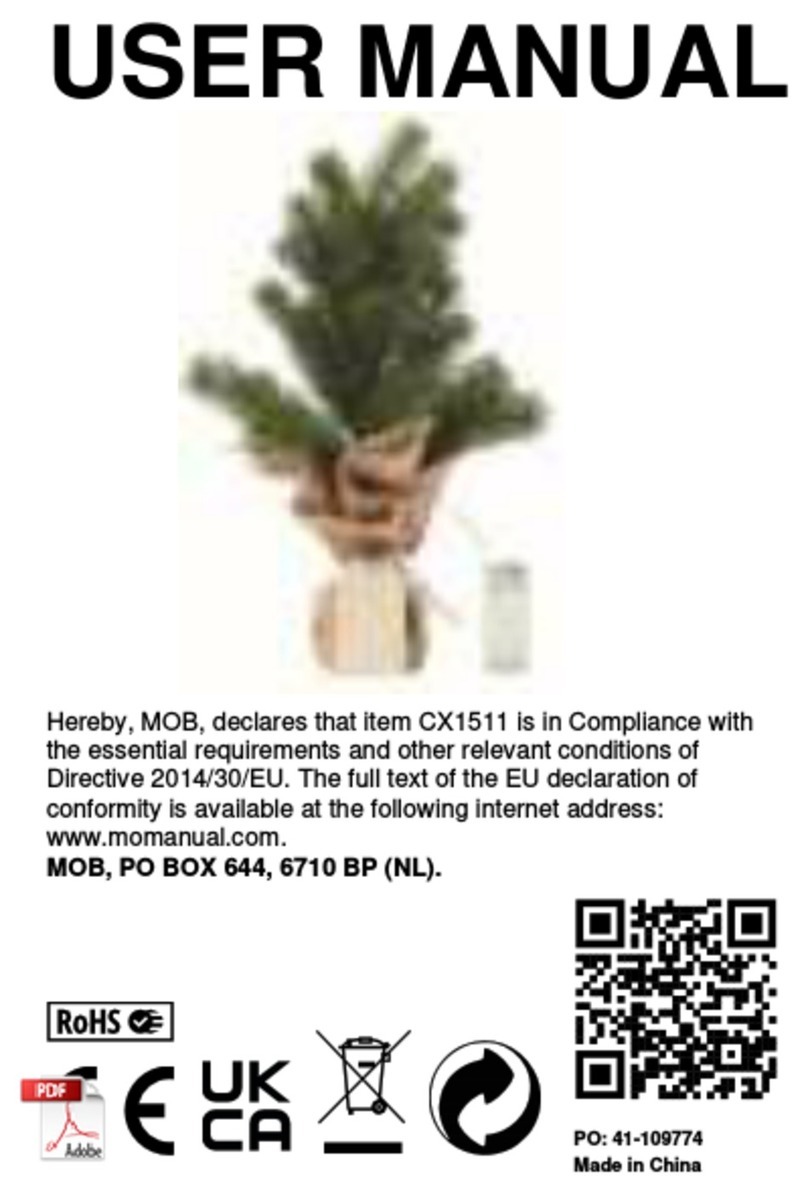iHome BeNext User manual

Version 0.5 19 December 2012 www.iHome.eu
Quick start:Tag Reader EU
Technical specs
Normal operating voltage
2x AA 1,5V batteries
Frequency range
868.42 MHz
Wireless Range
min 150 meters in a mesh network
Protocols supported
ISO15693, ISO18000-3, Tag-it™, RFID
Buzzer-sound
Approx. 60dBa at 10 cm distance
Basic Operations
- The TagReader can arm/disarm a security system.
- The TagReader can read RFID-tags.
- The TagReader has the possibility for the user to manually insert codes.
- The TagReader’s indicator light will react differently on each action.
- The TagReader has a buzzer, which can be used as walk-in/walk-out notification
(alarm is being disabled/activated).
How it operates
After a successful inclusion the Tag Reader can be mounted on the wall.
When pressing the Home or Away button you have 1 second to start using the manual code buttons, if you do
not press any manual code buttons the tag reader will be starting up and you have 6 seconds to show a RFID-
Tag in front of the reader.
With a controller you can request the battery level.
Mounting
1. Before mount, the Tag Reader should be included into a Z-Wave network and associated.
2. Use a flat screwdriver at the inlets on the sides to gently unlock the back cover.
3. Use the supplied screws to mount the cover to the wall.
4. Place two AA 1,5V batteries into the device.
5. Mount the TagReader onto the back cover.
6. Make sure to close it well on all sides.
7. Mounting is completed when the led blinks for a full second.
Include or exclude in Z-Wave network
1
1. Press and hold the Tamper switch for 2 seconds and release to start the inclusion or exclude process.
2. When classic inclusion failed, the product will start Network Wide Inclusion automatically.
1
Make sure your Z-Wave controller is in the correct operation mode (include or exclude).
Home
& Away
Indicator LED
Tag area
Tamper switch

Version 0.5 19 December 2012 www.iHome.eu
Technical Manual: Tag Reader EU
Caution:
- This device is using a radio signal that passes through walls, windows and doors. The range is
strongly influenced by local conditions such as large metal objects, house wiring, concrete, furniture,
refrigerators, microwaves and similar items. On average, the indoor range is approximately 30
meters.
- Do not expose this product to excessive heat or moisture.
- Prevent long term exposure to direct sunlight.
- Do not attempt to repair this product. If the product is damaged or if you are in doubt about the
proper operation, take the product back to the place of purchase.
- Do not clean the product with any liquid.
- Indoor use only.
Technical details
Product dimensions (Length x Width x Height)
Tag Reader = 62 x 62 x 20 mm
Indication mode
The indicator light gives various statuses of the device as follows:
1. Ready for learn mode: indicator light blinks every second.
2. Learn in progress (add): indicator light 2 times every second.
3. Learn in progress (remove): indicator light 3 times every 1.5 second.
4. Learn mode success: indicator light is on for one second.
5. Tamper released indicator light blinks 6 times rapidly.
6. Mounting successful indicator light is on for 1 second.
7. RF message send failed indicator light blinks 6 times rapidly
Normal operating voltage
2x AA 1.5V batteries
From 2.3Vdc to 4.0Vdc
do not use rechargeable batteries
Frequency range
868.42 MHz
Wireless Range
Approx. 100 meters in line of sight.
Min 150 meters with good mesh network (max 4 hops).
Battery Lifetime
Normal usage will give an approx 5 years lifetime.
Notice: long and big networks will increase the battery lifetime.
Protocols supported
ISO15693, ISO18000-3, Tag-it™, RFID
Buzzer-sound
Approx. 60dB at 10 cm distance
Storage temperature
-5°C to +65°C
Storage humidity
10% to 70%
Operating temperature
10°C to 40°C
Operating humidity
30% to 80%

Version 0.5 19 December 2012 www.iHome.eu
Control
The TagReader operates as an access control device, using the combination of the USER_CODE command class
and the ALARM_V2 command class.
UserCodes are to be stored in the TagReader, using the USER_CODE_SET command.
When the UserCodes are stored in the TagReader, the ALARM_REPORT_V2 will have the corresponding
USER_ID with the used USER_CODE.
There are two types of Access Control with UserCodes:
1. Manually by using the buttons on the TagReader
2. Using the RFID reader and Tags
The difference in using one of the above mentioned methods is:
1. When pressing Home/Away, the manual codes (1-4) can be pressed within 1 second.
After entering the code the user must press ENTER and the USER_CODE_REPORT or
ALARM_REPORT_V2 will be sent.
2. When the user waits 1 second after pressing Home/Away, the RFID reader is started and a Tag can be
presented at the TagReader.
After successful read, the USER_CODE_REPORT or ALARM_REPORT_V2 will be sent.
Because the RFID code are not readable on the Tags, the TagReader has some special procedures.
Some examples are given at the Typical operation diagrams chapter in the Technical Manual.
There are some situations:
1. In case an unknown Manual Code entered or unknown Tag presented.
In this case, the TagReader will send an unsolicited USER_CODE_REPORT with UserID 0and UserID
Status 0.
A controller will receive this report and can initiate a USER_CODE_SET to the TagReader.
2. In case a known Manual Code or Tag is presented.
This means, this code was previously SET using the USER_CODE_SET command.
Then the TagReader will respond with a ALARM_REPORT_V2 with Type 6 and Event 0x05 or 0x06.
When the user presses Home, event 0x06 (Keypad Unlock) will be used.
When the user presses Away, event 0x05 (Keypad Lock) will be used.
Supporting Command Classes
Basic type: BASIC_TYPE_ROUTING_SLAVE
Generic type: GENERIC_TYPE_ENTRY_CONTROL
Specific type: SPECIFIC_TYPE_NOT_USED
Listening: FALSE, Z-Wave Lib: 4.54
class: 0x85 COMMAND_CLASS_ASSOCIATION
class: 0x80 COMMAND_CLASS_BATTERY
class: 0x84 COMMAND_CLASS_WAKE_UP
class: 0x86 COMMAND_CLASS_VERSION
class: 0x72 COMMAND_CLASS_MANUFACTURER_SPECIFIC_V2
class: 0x71 COMMAND_CLASS_ALARM_V2
class: 0x70 COMMAND_CLASS_CONFIGURATION

Version 0.5 19 December 2012 www.iHome.eu
class: 0x25 COMMAND_CLASS_SWITCH_BINARY
class: 0x63 COMMAND_CLASS_USER_CODE
Not listening Routing SLAVE
This Z-Wave product will be used as routing slave. Slave nodes are nodes in a Z-Wave network that receive
commands and perform actions based on the command. This device will always be in sleep mode because it
works on batteries. In sleep mode the device is not active listening, the device will wake up according to the
wakeup command class.
Include Initiator
The include initiator is used when Primary and Inclusion Controllers include nodes into the network. When
both the include initiator have been activated simultaneously the new node will be included to the network (if
the node was not included previously).
Exclude Initiator
The exclude initiator is used by Primary and Inclusion Controllers to exclude nodes from the network. When
the exclude initiator and a slave initiator are activated simultaneously, it will result in the slave being excluded
from the network (and reset to Node ID zero). Even if the slave was not part of the network it will still be reset
by this action.
Z-Wave compatibility
Because this is a Z-Wave device, it means it can co-operate with other Z-Wave devices of other manufacturers.
It can co-exist in a Z-Wave network existing with product from other manufacturers.
Hops & Retries
The Z-Wave range has a range of up to 30 meters in line of sight. This signal is not limited to the 30 meter
range due to routing the Z-Wave message to other nodes in the network. This way the range of the Z-Wave
network can be expanded to 150 meters indoors (limit of 4 hops).
class: 0x63 COMMAND_CLASS_USER_CODE
The purpose of the User Code Command Class is to configure the TagReader to accept certain RFID Tags or
codes. This is typically done by some kind of static controller or gateway (for instance the BeNeXt myGate).
After sending a User Code Set, including a unique User Identifier (UID), the in-use state (0x01) and the Tag
code or keypad sequence using ASCII codes, the TagReader will accept the codes and notify any other device
using the Alarm Command Class.
This other device can be configured using the Association Command Class and is typically the same controller
or gateway.
When a tag or code is not known to the TagReader, it will send an unsolicited report to the devices in its
association group with the UID 0x00. The value in this message can be used to configure new tags.
Note: Code length must be 4 to 10 ASCII digits.
class: 0x86 COMMAND_CLASS_VERSION
This Command Class is used to obtain information about the TagReader. The Z-Wave library type, the Z-Wave
protocol version and the application version will be reported.
class: 0x72 COMMAND_CLASS_MANUFACTURER_SPECIFIC_V2
This will report information about the manufacturer. This product will contain the manufacturer ID of BeNeXt.

Version 0.5 19 December 2012 www.iHome.eu
Manufacturer ID of BeNeXt is 138, the ID of this product is 7.
This command class can also be used to request the serialnumber of the device.
class 0x20 COMMAND_CLASS_BASIC
The basic command class only has a supporting role and is mapped to the Switch Binary Command Class.
class 0x25 COMMAND_CLASS_SWITCH_BINARY
The Switch Binary Command Class is used to enable or disable the notification sound. This sound is typically
used to notify a user when the alarm system is being activated. See also the ‘Sound Notification’ section.
class: 0x80 COMMAND_CLASS_BATTERY
This class is used to request and report battery levels for a given device.
When battery level is lower then 20% the Tag Reader will send a battery warning (value 255) after every wake
up notification. A battery get will report the actual value even if below 20 %
An unsolicited (without receiving a BATTERY_GET) BATTERY_REPORT is sent when the DoorSensor has
measured that the battery level has dropped.
Note that the following points apply for the unsolicited BATTERY_REPORT
-When new batteries applied a report is sent with the current value.
-The report will always be lower then the previous sent value.
-The battery level in the report is maximum 2% lower then the previous sent value.
class: 0x85 COMMAND_CLASS_ASSOCIATION
The Association Command Class is used to associate the TagReader to other devices. When a tag or code is
read, the TagReader will send a notification to the Z-Wave devices in its association group. It will also report
the state of the tamper alarm to the devices in this association group.
Number of groupings: 1
Maximum supported nodes per group: 5
class: 0x84 COMMAND_CLASS_WAKE_UP
The Wake Up Command Class is used at battery-operated devices. This class allows the Tag Reader to wake up
occasionally to notify others devices, that the TagReader is ready to receive commands. After receiving the
commands the TagReader will go into sleep mode again. The wake up interval can be set using the
WAKE_UP_INTERVAL_SET command.
The default value is 0x1C20 = 7200 sec = 2 hour
The default node is 0xFF = 255 (broadcast)
It is possible to send a wake up notification on user interaction. Besides sending a Wake Up Notification
automatically every 2 hours (or any other time that is configured using the Wake Up Interval Set command),
the TagReader also sends a Wake Up Notification when:
The tamper alarm state changes (TagReader is mounted or removed from the wall)
A tag read
A code is entered using the keypad
Table of contents
